Wi-Fi radios: features, principle of operation, popular models

Wi-Fi radios differ significantly from other similar equipment and have a number of important features. In addition to the basic principle of operation, it is necessary to take into account the nuances of each popular model. And if ready-made devices do not fit, you can always make such a receiver yourself.
Peculiarities
Even the most zealous music fans often find that a huge collection of songs from their favorite genre is already lacking. The politics of radio stations that broadcast on the air do not always meet the expectations of music lovers. However, there is a way out - you just need to use the Wi-Fi radio. This is a device that has another name - an Internet radio station receiver.
Taking into account the peculiarities of the content of these radio stations, we can confidently say that such a device will satisfy almost all consumer needs.

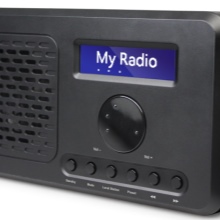

You can listen to music related to any region of the world or direction, or even sort it according to more exotic criteria. The sound quality of an Internet radio receiver is almost always better than when using a traditional over-the-air device. In addition, there is no dependence on the weather. And the best part is that there is no advertising at all. Finally, it is easier to reach out to the leading online radio stations than to the on-air staff when you have to call, not counting on success.
Wi-Fi streaming has another extraordinary benefit. In ordinary consumer-grade receivers, you can pick up from 10 to 20 FM radio stations. All-wave receivers increase this figure to 40 or 50, sometimes up to several hundred. However, the reception of many of these broadcasts is unstable, depending on many factors that the listeners and even the organizers of the work cannot influence. Using a Wi-Fi receiver, you can access several thousand preset stations.
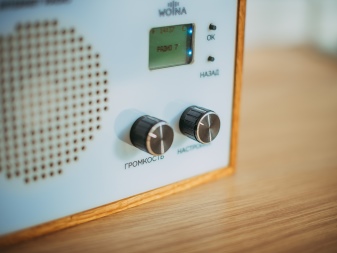
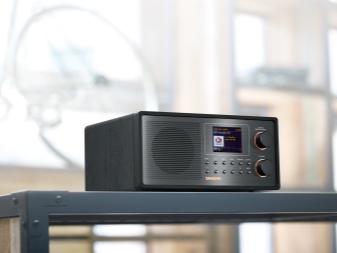
And if the desired channel is not in the device base, it is easy to add it additionally. At the same time, the vast majority of Internet radio stations do not broadcast outside the global network. Almost every Internet radio receiver is now equipped with a conventional radio receiver. So you don't have to buy a device to access traditional air. There are a number of other functions, often model-specific:
- playback of files from media (in various formats);
- replacement of standard wireless speakers (in accordance with the DLNA standard);
- alarm;
- current weather forecast on the screen;
- line-out for connection to conventional music centers.


Other advantages include:
- convenience and simplicity of the interface;
- using the remote control;
- the ability to place in any convenient place;
- much smaller dimensions than a desktop computer (sometimes it wins over a laptop);
- lack of noise, which usually annoys PC owners.

Principle of operation
But people, of course, will be keenly interested in how it all works. From the very definition of an Internet radio receiver, it follows that remote content access capabilities apply. More precisely, a free public Wi-Fi access point or paid Internet distributed by a router is used. But just connecting is not enough. The huge variety of content in this broadcasting segment also gives rise to a problem: it is difficult to understand the entire mass of available stations.
Therefore, they are necessarily ordered. And the organizers of Internet broadcasting are also trying to do this.After all, they also want their product not to be lost alone among the mass of analogues. Sorting stations in Wi-Fi radios can be done by:
- name (alphabet);
- country of broadcasting;
- genre or thematic affiliation;
- enrollment in various lists created by the users themselves.


Some of the models are designed for remote connection to specialized portals and various services. To be able to use the Internet radio to play files from storage media included in the PC, additional programs often need to be installed on the computer.
Almost everywhere there is an amplifier and a speaker system, which allows you to refuse to connect to external audio equipment. However, lovers of impeccably high-quality sound often doubt this thesis.
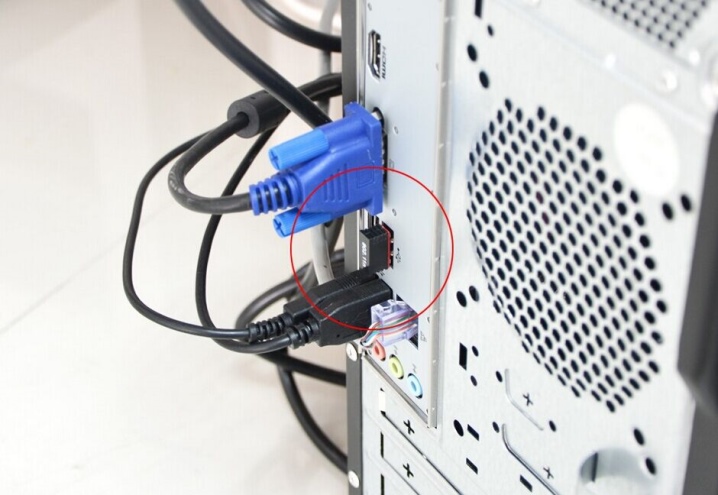
How to do it yourself?
Making a Wi-Fi radio with your own hands with minimal knowledge in this area will not be difficult. Moreover, any radio amateur will be able to do this. You can use the scheme on the Arduino concept. The device is sometimes additionally equipped with a light sensor (such an automatic start in the bathroom is very convenient). It is recommended that you set a timer that turns off the receiver at night.
It is convenient to instruct the timing of the NTP servers (you just have to establish synchronization with them). Of the controls, they usually use a rotary volume control and a couple of buttons that switch the received stations. As a volume control, a potentiometer is usually used, which is capable of operating in the range from 1 to 100 k. This component must be turned on in the range from 3.3 V to ground. The potentiometer voltage is read by the AD converter; "Hysteresis 5", set in software, avoids unnecessary parameter jumps.




You will definitely have to use an electronic filter. Some experts believe that the easiest way is to solder a 200 nF SMD capacitor. It will be based on the D1 mini WEMOS. Soldering reference - resistor located opposite the D0 leg; it must be completely covered by the capacitor. An alternative solution is a combination of an RC filter and a 10,000 ohm resistor.
After installing the filter, input A0 and ground are separated using a 1 μF capacitor. A resistor should take place between the potentiometer and A0. The light sensor connection point (LDR) is selected so that the D8 port is at a low level while the ESP module is loaded. The bottom line is simple: D8 switches to exit mode. Then 3.3 V is issued here, and the capacitor is recharged; then the port goes into the input mode and looks to see if the capacitor is discharged quickly (and this discharge depends on the illumination).
It is very important to ensure that no sounds are heard in standby mode. The source of noise is the amplifier, and it cannot not sound due to physical laws.
The way out is obvious: you need to supply a signal that turns off the amplifier itself. This will be possible if you apply additional GPIO. But there are also alternative schemes; if there is no desire at all to build something, you can limit yourself to buying a finished product.

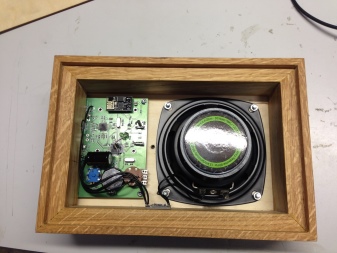


Popular models
Quite widely demanded Net n Joy NJ-004. This receiver can work on Wi-Fi 802.11 b and g standards. Standard audio files MP3, WMA are processed if necessary. But you can play AAC, and even more exotic for now Flac. The sound power reaches 2 watts.
Other features are as follows:
- FM signal reception is possible;
- 20 fixed settings in memory;
- MP3 playback;
- built-in clock;
- typical mini jack connector.


Prology WR-100 also no worse. Over 10 thousand radio stations from different countries are structurally supported. True, the product is very expensive. But the sound range is from 0.08 to 12.5 kHz, and its power is 5 watts. The ratio between the signal and noise is not less than 43 dB.

Sangean WFR-1DI praised for the selected materials. Users will be delighted with a pair of powerful speakers and bass quality.The branded online service allows you to connect to at least 15 thousand stations. Yes, this is the most expensive among the three analyzed models, but it can be connected as a player to a laptop or PC.
There are 30 radio stations, an alarm clock with many melodies and a wake-up call with Internet broadcasting, and a remote control.

For an overview of the Wolna radio, see below.













The comment was sent successfully.